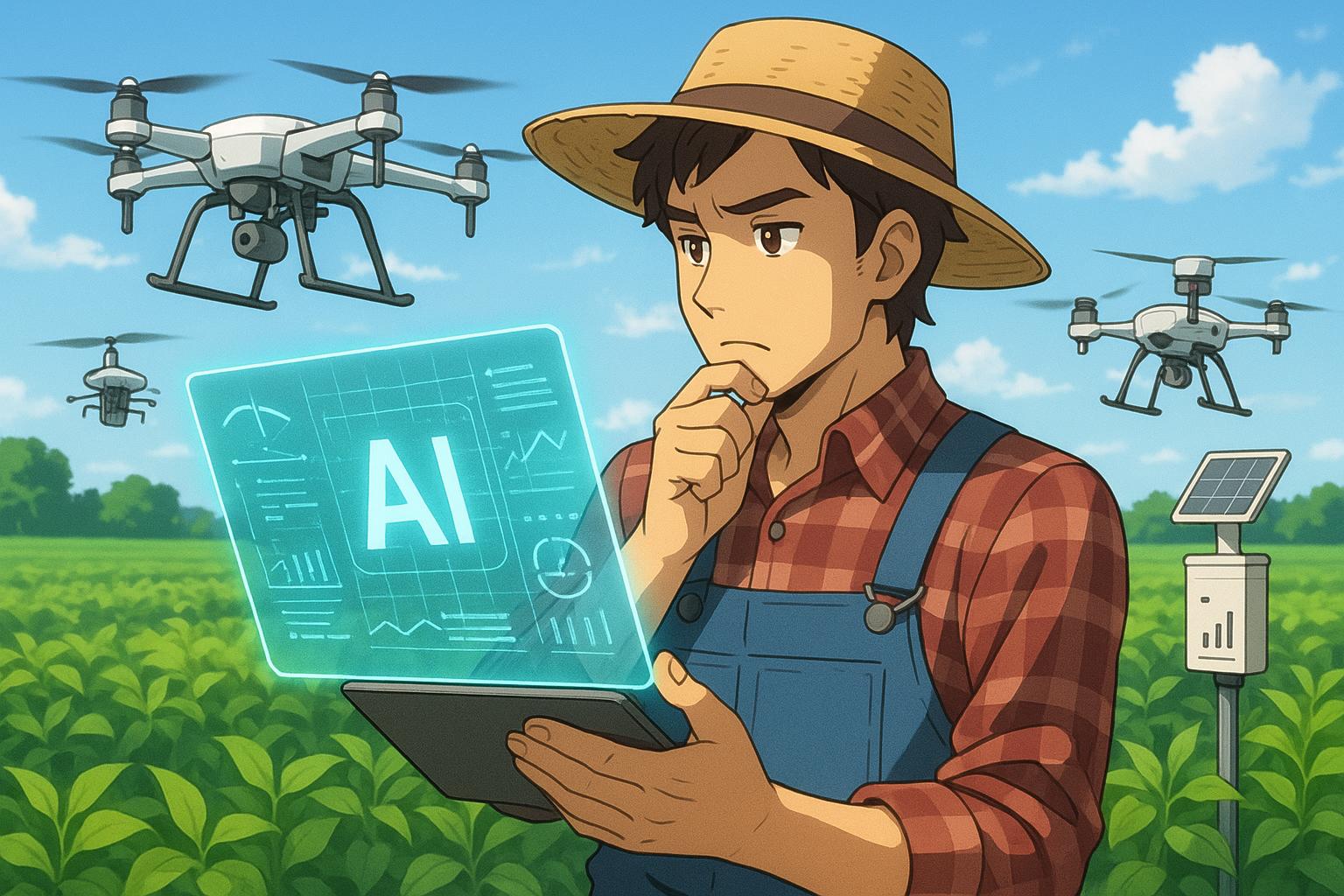The integration of artificial intelligence (AI) into agriculture has the potential to revolutionise farming practices, making operations more efficient and sustainable. However, this technological advancement does not come without considerable challenges, particularly for small- and medium-sized farms. As farmers grapple with the complexities of AI systems, issues such as high costs, trust in technology, and data privacy concerns become paramount.
One of the most pressing barriers to AI adoption in agriculture is the substantial financial investment required. The costs of purchasing, implementing, and maintaining these technologies can be prohibitive for many farmers. Speaking to industry experts, it has been noted that “one major obstacle is the high cost of purchasing and implementing these systems, which may be prohibitive for small- and medium-sized farms,” as highlighted by Dr. Dara in a recent discussion. This financial strain is compounded by the need for ongoing training to ensure that workers can effectively utilise these new tools. As such, many farmers remain hesitant to fully adopt AI solutions until they are convinced of their efficacy in specific agricultural contexts.
Moreover, the reliability and accuracy of AI technologies can vary greatly, which further fuels scepticism among farmers. In rural areas, limited access to reliable high-speed internet hampers the usability of AI and Big Data, making it difficult for farmers to take full advantage of these innovations. An analysis indicates that “governments and agricultural organisations should provide financial assistance and subsidies to farmers to help them invest in these technologies,” highlighting a potential pathway to foster greater adoption. However, the challenge remains that while many AI models show promise, they still struggle to adapt to real-world variables like changing climate patterns and supply chain disruptions.
Trust in AI systems is another critical concern. Farmers are often reluctant to rely on technology that lacks transparency and explanation regarding its decision-making processes. An article discussing the ethical dimensions of AI in agriculture notes that “data derived from AI may improve transparency and promote trust,” but many stakeholders remain wary, fearing for the security and ownership of their data. With increasing instances of cyberattacks, the need to safeguard sensitive farm information is becoming more pronounced.
In this context, there is a notable push for open communication and transparency regarding how AI systems function. Experts argue that fostering understanding and trust is essential for widespread adoption. By addressing the apprehensions surrounding data privacy and enhancing security measures, the agricultural sector could harness AI to create a more equitable and resilient food system.
As various regions, particularly in developing countries like India, begin to see the benefits of AI tools in agriculture—such as advanced weather forecasting that aids smallholder farmers in making informed planting decisions—there is a recognition that the gap between technological advancement and its accessibility for all farmers needs to be bridged. Initiatives aimed at extending these technologies to underserved communities are crucial, as they could significantly bolster global food security.
In conclusion, while AI holds great promise for enhancing agricultural productivity and sustainability, addressing the multifaceted challenges of cost, trust, and data privacy is essential to facilitate its acceptance and integration. Continued dialogue among stakeholders, combined with supportive policies, can pave the way for a technological evolution that benefits all sectors of the agricultural community.
📌 Reference Map:
- Paragraph 1 – [1], [3]
- Paragraph 2 – [1], [4], [6]
- Paragraph 3 – [5], [4]
- Paragraph 4 – [2], [6]
- Paragraph 5 – [7]
- Paragraph 6 – [1], [2]
Source: Noah Wire Services
